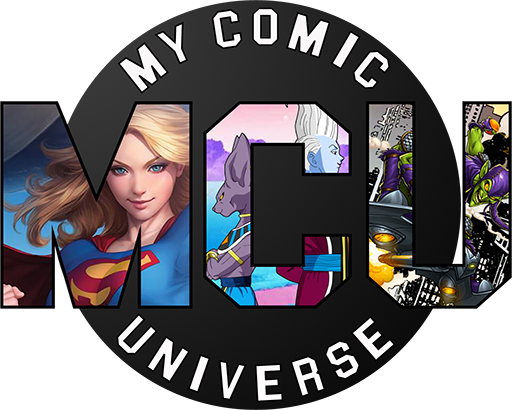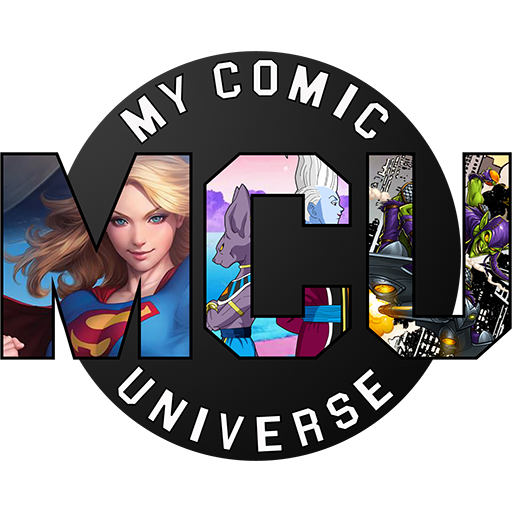The Flash is a superhero that has been a mainstay of DC Comics since the 1940s. He is known for his lightning-fast speed and his iconic red and yellow costume. Over the years, the character has undergone many changes, but his core values of heroism, courage, and selflessness have remained constant. In this article, we will take a closer look at the history of the Flash. From his origins to his modern-day iterations.
Origins
The Flash was first created in 1940 by writer Gardner Fox and artist Harry Lampert. The character was originally named Jay Garrick. He was a college student who gained his super-speed powers after inhaling heavy water vapor. Jay wore a distinctive winged helmet and a red shirt with a lightning bolt emblem.
The character quickly became popular, and in the 1950s, DC Comics decided to revive the Flash concept. This time, the character was given a new origin and a new alter-ego. Barry Allen, a police scientist, gains his super-speed powers after being struck by lightning and doused in chemicals while working in his laboratory. He dons a red and yellow costume with a lightning bolt emblem on his chest and becomes the new Flash.
The Silver Age
The Flash’s popularity soared during the Silver Age of comics in the 1960s. Under the guidance of writer John Broome and artist Carmine Infantino, the character was given a more modern and sci-fi-oriented origin. The Flash was now depicted as a member of the Justice League of America. A team of superheroes that also included Superman, Batman, and Wonder Woman.
During this time, the Flash’s rogues’ gallery also began to expand. Villains like Captain Cold, the Weather Wizard, and the Trickster became popular adversaries. Also, the Flash’s speed became the centerpiece of many of his stories. The Flash was also given a cast of supporting characters. Including his girlfriend Iris West and his sidekick Kid Flash, who was later revealed to be Barry’s nephew Wally West.
The Bronze Age
In the 1970s, the Flash began to evolve once again. The character’s powers were expanded to include the ability to vibrate his molecules through solid objects, and he was given a new costume with a more streamlined design. The Flash’s stories became more mature and introspective, and the character was often depicted grappling with the consequences of his actions.
During this time, the Flash also became more politically aware. In one memorable story, the Flash helps a young African American man register to vote in the face of discriminatory practices. The Flash also dealt with environmental issues, mental illness, and other social issues in his stories.
The Modern Era
In the 1980s and 1990s, the Flash continued to evolve. Wally West took over the mantle of the Flash after Barry Allen was killed in the landmark Crisis on Infinite Earths storyline. Wally’s tenure as the Flash was marked by a more lighthearted tone and a focus on his relationships with his supporting cast, including his wife Linda Park.
In the 2000s, the Flash was given a major reboot. Geoff Johns, who had been writing the character for several years, oversaw the creation of a new Flash series, which focused on the return of Barry Allen. The series, titled The Flash: Rebirth, reintroduced Barry as the Flash and set the stage for a new era of Flash stories.
In recent years, the Flash has become an even more important character in the DC Comics universe. He has appeared in numerous TV shows, including his own eponymous series, and has become a key player in DC’s ongoing storylines. The Flash has also been adapted into video games, animated movies, and live-action films, cementing his status as one of the most popular and iconic superheroes of all time.
Conclusion
The Flash has been an integral part of the DC Comics universe for over 80 years. From his early days as Jay Garrick to his modern-day iterations, the Flash has captured the imaginations of readers and fans around the world with his lightning-fast speed, his iconic costume, and his unwavering commitment to heroism and justice. As the character continues to evolve and adapt to new audiences and mediums, the Flash remains a beloved and enduring symbol of heroism and hope in the world of comics and beyond.
Thanks for taking the time to check out our website! We have tons of content so check out the rest of our website for videos, podcasts, articles, and more! You can also subscribe to our website and subscribe to our YouTube Channel to stay up to date on all of our content! Check out our social media pages Facebook, Instagram, and Twitter for even more content! As an Amazon Associate, we earn from qualifying purchases. This helps support our website.















